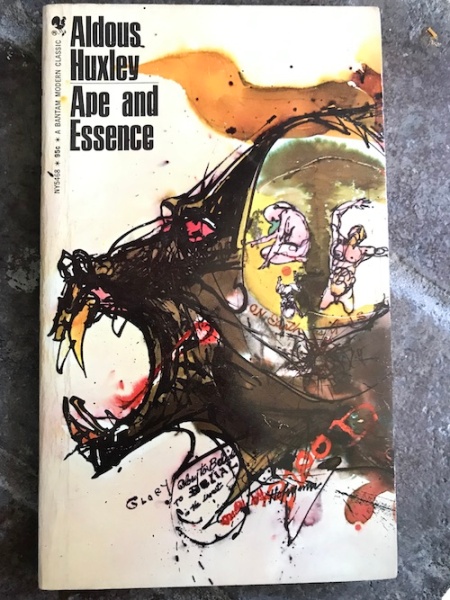This blog has been comatose for a few years. In an effort to revive it, we’ve finally dispensed with all of the annoying ads, which will (I hope) fire up my motivation to start writing again.
With the flood of new substack writers, it looks like blogging is back – at least it’s starting to feel a little like the early 2010’s again. My aim is to add some some possibly interesting and useful thoughts on science, reason, and society, and of course science fiction. For the past few months I’ve been making some notes to myself on what is means to take science seriously: seriously as a description of the universe, seriously as the most effective means to solve human problems, and seriously as an endeavor founded on a set of cognitive, personal, and societal values. I’ll share some of that work here over the coming weeks. While we’re still waiting out this pandemic, it’s a good time to turn on the lights in the virtual pub.
But in the meantime, let me share with you the latest work out of the lab: “Information Content Differentiates Enhancers From Silencers in Mouse Photoreceptors”, work by a hard-working and very talented graduate student who has put together a nice story that combines machine learning and information theory to understand what gives a sequence of DNA the capacity to act as a regulator of gene expression. The punchline is that the ‘rules’ governing these sequences are pretty flexible, but they can, to some extent, be captured by measuring, in a sense, the information content of the sequence.



 Written in the years after the catastrophic destruction of World War II ended with the initiation of the nuclear age, Aldous Huxley’s Ape and Essence is a graphically violent, sexually explicit, and surrealistic expression of Huxley’s bitter disappointment in humanity. The story is told via a rejected screenplay discovered by two friends on a Hollywood studio lot in 1947. All except the first section of the book consists of the text of the screenplay.
Written in the years after the catastrophic destruction of World War II ended with the initiation of the nuclear age, Aldous Huxley’s Ape and Essence is a graphically violent, sexually explicit, and surrealistic expression of Huxley’s bitter disappointment in humanity. The story is told via a rejected screenplay discovered by two friends on a Hollywood studio lot in 1947. All except the first section of the book consists of the text of the screenplay.